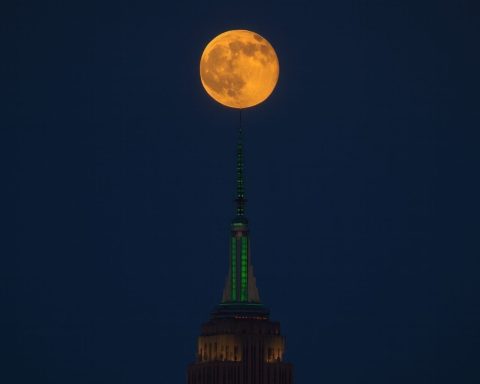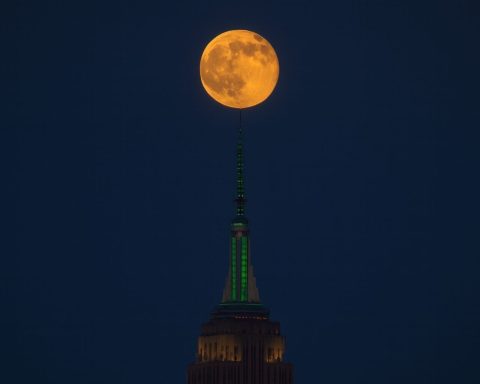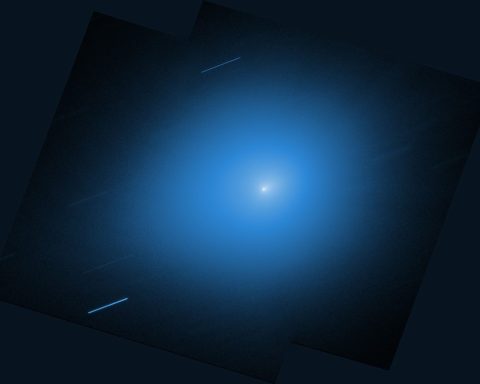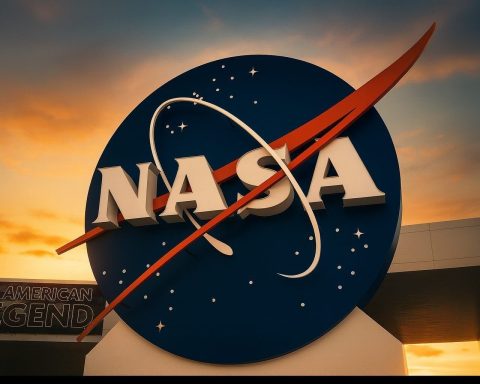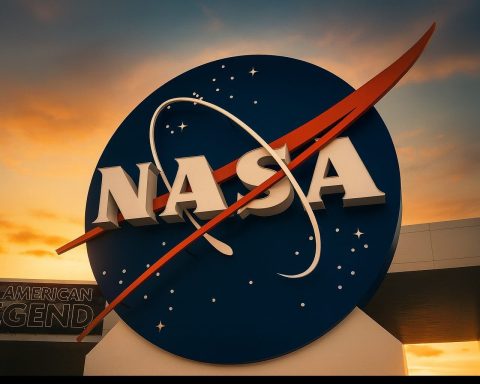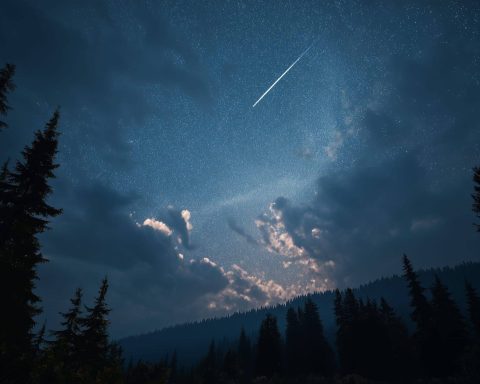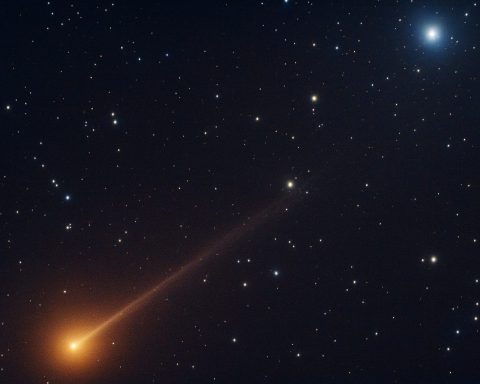
Interstellar Comet 3I/ATLAS: Hubble, ESA’s Juice and ‘Ice Volcanoes’ Transform Our View of a Wild Interstellar Visitor
As of December 6, 2025, astronomers around the world are racing to squeeze every possible observation out of interstellar comet 3I/ATLAS – only the third known object ever seen passing through our solar system from another star. Fresh images from
